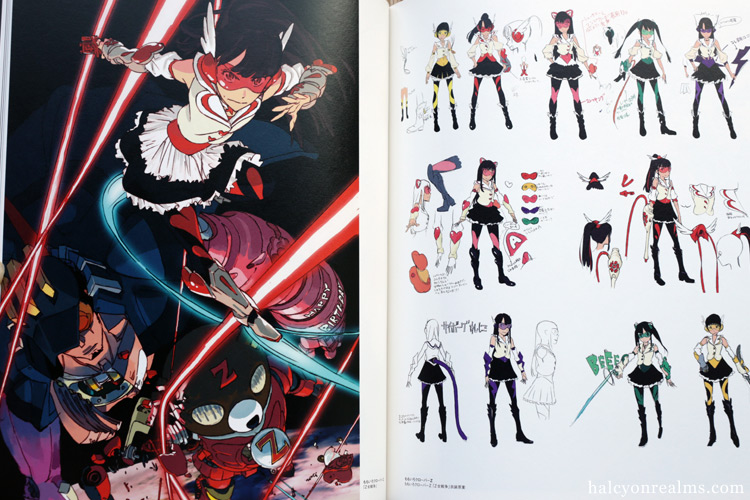

The change is purely a stylistic one, as there is no change in pronunciation and all appearances of the Latin spelling of "Evangelion" remain the same. The film titles, in contrast to the normal katakana spelling of Evangelion ( エヴァンゲリオン, Evangerion), replace the e ( エ) and o ( オ) characters with the obsolete we ( ヱ) character and the infrequently used katakana wo ( ヲ), respectively. The intended Japanese pronunciation of this symbol has not been stated. However, according to an article published by Anime News Network, it is actually the end repeat sign ( 𝄇 or :| |).

In lieu of the traditional classification, the production team has chosen to represent kyū ( 急,, "hurry") with the Roman letter Q, for "quickening." With the premiere of the third film, it was announced that the symbol to be used for the final film would be the musical symbol known as the final barline ( 𝄂 or | |). The concept of jo-ha-kyū ( 序破急), which roughly corresponds to "beginning", "middle", and "end", originated in classical gagaku music and is best known to describe the acts of a noh play. It shows the final conflict between NERV and WILLE, as well as between Gendo and Shinji, revealing some major points of the plot. In it are presented some connections with End of Evangelion and some remarkable scenes from the original show. New types of Evas are introduced, as well as new characters such as Sakura Suzuhara, Toji's sister.Įvangelion: 3.0+1.0 Thrice Upon a Time concludes the story. A new organization called Wille is introduced and described as a NERV rival. In it, a time-skip is established from the last film, taking place fourteen years after the previous events. Asuka is introduced in this film bearing a new surname, and some other differences from her past incarnation.Įvangelion: 3.0 You Can (Not) Redo is the first film to completely break from the original continuity and tell a truly original story, but heavily featuring a character seen only in episode 24 of the original series. Its differences from these episodes include newly designed creatures and new characters, such as Mari Illustrious Makinami. Despite the great similarities, some differences are notable, like the introduction of Lilith and a mysterious apparition of Kaworu on the moon.Įvangelion: 2.0 You Can (Not) Advance continues the story of Evangelion: 1.0 You Are (Not) Alone, and is a much looser retelling or re-imagining of episodes 8 through 19. Rebuild of Evangelion was originally presented as an alternate retelling of the original Neon Genesis Evangelion anime series: the first three movies were intended to be an "alternate retelling" of the series, while the fourth and final film is promised to be an entirely new, alternate ending to the series.Įvangelion: 1.0 You Are (Not) Alone is a nearly line-for-line, shot-for-shot remake of episodes 1-6.
SUSHIO EVANGELION SERIES
Another stated intention of the series is for it to be more accessible to non-fans than the original TV series and films were. The film tetralogy uses digital ink and paint, some 3D CG animation, and provides new scenes, settings and characters, with a completely new conclusion in the fourth and final film. Yoshiyuki Sadamoto, Ikuto Yamashita and Shirō Sagisu returned to provide character designs, mechanical designs and music respectively. Hideaki Anno served as the writer and general manager of the project, with Kazuya Tsurumaki and Masayuki directing the films themselves. Rebuild of Evangelion, known in Japan and on Amazon Prime Video as Evangelion: New Theatrical Edition ( ヱヴァンゲリヲン新劇場版, Evangerion Shin Gekijōban), is a Japanese animated film series and a retelling of the original Neon Genesis Evangelion anime television series, produced by Studio Khara. GKIDS (theatrical and home video rights to 3.0+1.0 only).


 0 kommentar(er)
0 kommentar(er)
